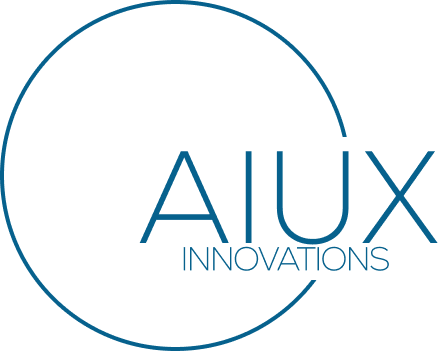Technology promised empowerment, but somewhere along the way, convenience became control.
We built systems that remember everything, automate decisions, and optimize for outcomes, but not always for people.
Designing for agency is about giving that power back. It’s about ensuring that users remain in charge of the experiences that increasingly act on their behalf.
When design prioritizes agency, it restores something automation quietly took away: choice.
From Automation to Autonomy
Automation simplifies life. Autonomy respects it.
While automation handles the “how,” autonomy preserves the “why.”
A predictive healthcare platform might recommend a treatment path, but agency means the patient can understand and override that decision.
A financial app can optimize a portfolio, but autonomy means the user still decides their level of risk.
Designing for agency accepts AI, it directs it.
Choice as a Feature
In pursuing frictionless design, we’ve stripped away too much friction.
The one-tap purchase, auto-login, and auto-renewal have turned convenience into dependency.
Good design introduces intentional friction, moments that pause automation long enough for reflection.
- A quick summary before confirming a major transaction.
- A reminder that data is being shared, not just synced.
- A visible option to say “no,” even when “yes” is easier.
Choice is not a usability flaw. It’s a human right.
Designing the Power Dynamic
Every design decision is a power decision.
What we hide, prefill, or recommend influences user behavior more than any message could.
Designers must start asking: Who benefits most from this flow, the user or the system?
Agency means putting users back at the center of that question, even when the answer slows growth metrics.
True innovation isn’t about removing effort. It’s about reinforcing ownership.
Transparency as Trust
When users know how systems make decisions, they trust the outcome, even if they disagree.
Designing for agency means exposing the logic behind personalization, prediction, and automation.
Transparency turns black boxes into co-pilots.
Instead of hiding the complexity of AI, UX should reveal it simply, empowering users to steer it confidently.
The future of trust is visibility.
Designing for the Decider
Agency in design isn’t about control for control’s sake, it’s about respect.
It acknowledges that every user has context, emotion, and goals beyond what data can capture.
The role of UX is shifting once again: from anticipating needs to enabling decisions.
When design gives users back their agency, it restores the most human quality of all, freedom.
